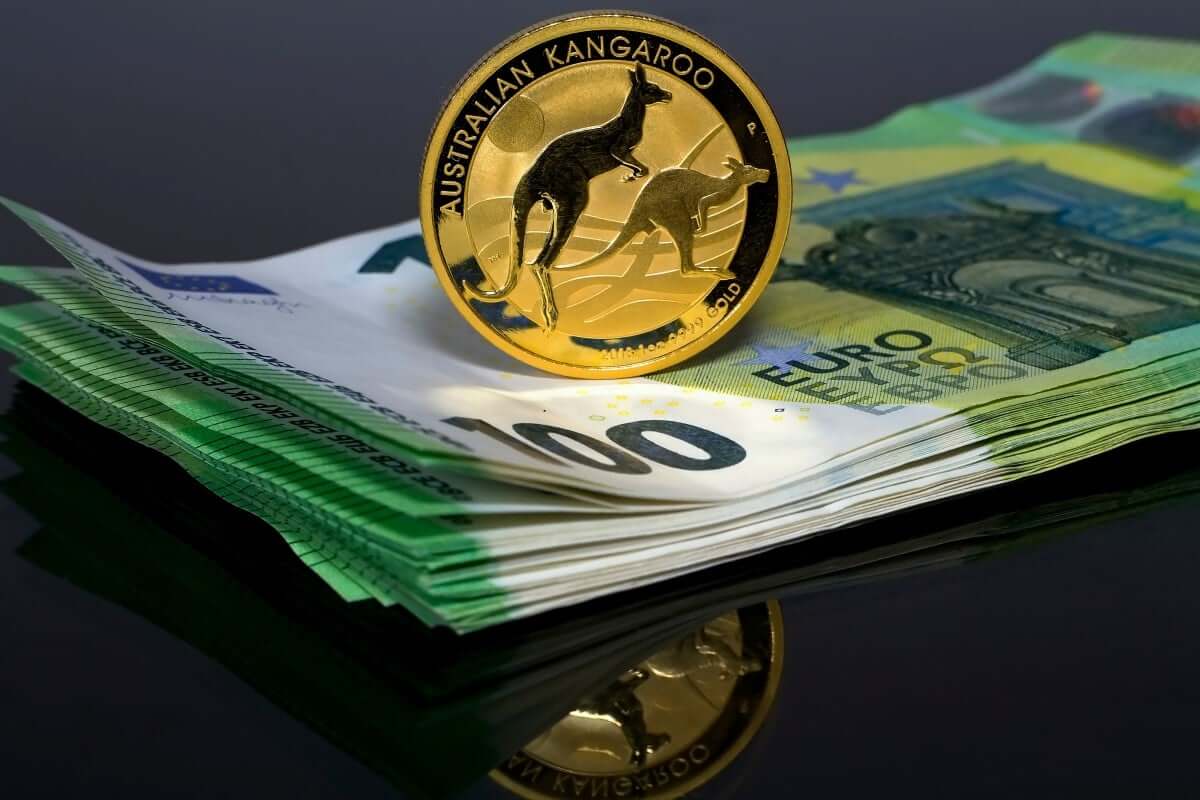The euro declined on Tuesday. What about the Aussie?
The euro plummeted earlier this session, exchanging hands at $1.0973. It remained flat later on the day. However, the currency couldn’t rise above the symbolic $1.10 level. New data showed that banks in the euro area have strengthened lately. The banking crisis caused much turmoil in the market recently. Thus, this news was welcome. In addition, inflation is lowering at last. However, that also means that the European Central Bank doesn’t have to hike its interest rates very high. It can temper the tightening. Weighing the chances of a smaller 25 basis point increase, investors moved on other currencies, pushing the euro lower. The sterling also declined by 0.1% to $1.2482 on Tuesday.
Traders are now waiting for several significant data from the United States that will come out later this week. Among them are payrolls figures and the minutes from the incoming Federal Reserve meeting. Job opening figures will be available later today, as well.
Samy Chaar, the chief economist at Lombard Odier, noted that the traders are waiting for Federal Reserve’s policy to reach its peak. The agency will likely increase rates only by 25 basis points this week. The Fed meeting will make clear more details about the central bank’s future policy plans. So, for now, investors are waiting to see what will happen. Usually, the currencies rally when their respective central banks hike the rates and plunge low when the banks move on a dovish course. So, both the euro and greenback might lose some gains if the ECB and Fed decide to pursue the less aggressive course.
How are the Aussie and Kiwi dollars faring today?
The Australian dollar skyrocketed on Tuesday, gaining as much as 1.2%. It added more than 1% versus the U.S. dollar after its central bank delivered an unexpected interest rate hike. The Reserve Bank of Australia announced that it might continue tightening if the inflation remains high. At the end of the session, the Aussie exchanged hands higher by 0.94% at $0.6693.
Ray Attrill, the head of FX strategy at National Australia Bank, stated that the bank would likely deliver another rate increase. However, that mightn’t happen until June, considering that April’s data has been quite strong.
On Tuesday, the New Zealand dollar also jumped by 0.55%, trading at $0.6201. Meanwhile, the Japanese yen plummeted by 0.23% against the U.S. dollar. The latter hit 137.78 yen today, while the yen remained under pressure. Bank of Japan decided to maintain its dovish policy, refusing to raise its ultra-low interest rates.
In Asia, emerging market currencies and shares are traded in tight ranges today. The MSCI’s indexes for EM currencies and stocks remained flat overnight. However, the Czech crown surged forward by 0.2% versus the common currency on Tuesday. Preliminary data hinted that the economy started rebounding in the first quarter, boosting the currency.
Hungary’s forint also rallied by 0.3% today, with the Polish zloty jumping by 0.4% versus the euro. On the other hand, the South African rand dropped by 0.1% against the greenback. Russia’s rouble climbed up as the forex market reopened after a long weekend.
The post The euro declined on Tuesday. What about the Aussie? appeared first on FinanceBrokerage.
























